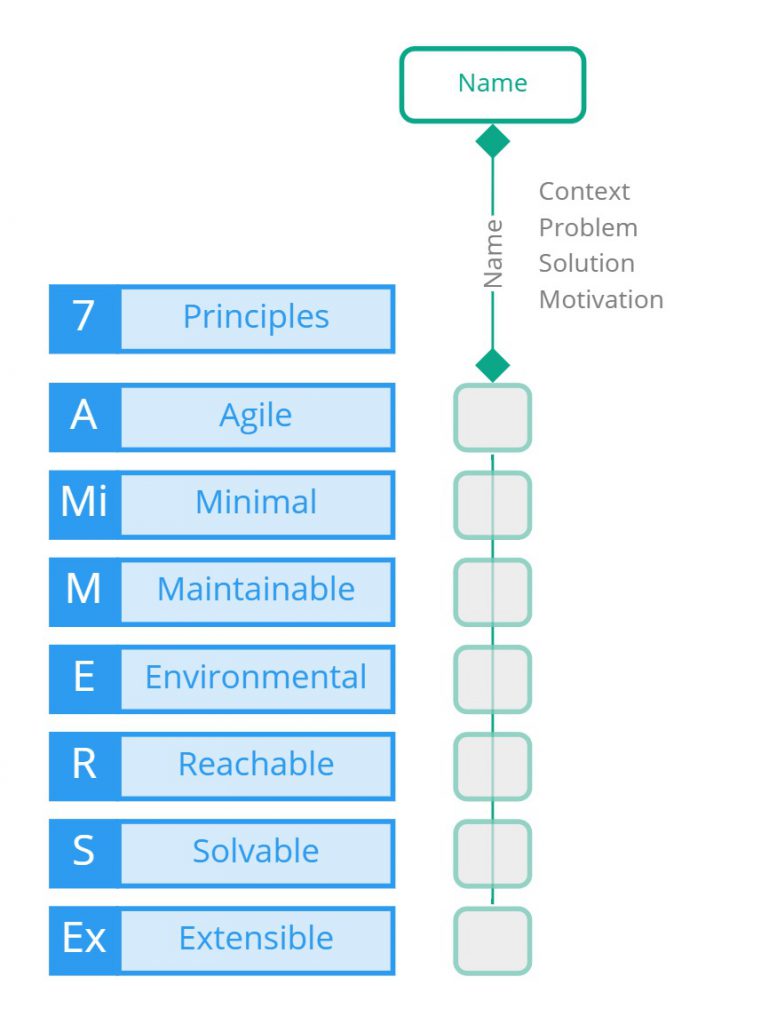A gap exists wherever you are and where you want to be, a state in time vs another state in time. As a business, you may compare your business model with a competitor. You may assess a requirement to the reality or a required skill with the current level of skill. Whatever you look at, you can look at it from a gap perspective.
How do you do it?
Simply put, create two lists, one for what you observe currently, and one for what you desire.
List 1
I have no ice-cream in my hand.
List 2
I would like an ice-cream in my hand
We could look at our skillset for developing microservices compared to the skillset of the current team.
Current Team
1x developer built a small API once
2x developers have used an API programmatically
None have built a microservice architecture
Limited experience with principles requires
No experience with tools
No experience with devops
Microservices Architecture
Requires knowledge of service-oriented architecture
Understand microservice patterns
Understand eventual consistency and other mechanisms
Understanding tools
Understanding devops
Even this imperfectly executed list tells you a lot about the two states. The desired state is vastly different.
Gap analysis with McKinsey 7S
There are various models out there for measuring different kinds of gaps including the Mckinsey 7S framework which offers 7 elements of
Strategy, Structure, Systems, Skills, Staff, Style and Shared Values.
Measuring gaps with AMMERSE
AMMERSE cleverly allows the assignment of values across any structure, process, heirarchy, service, product at any level. It is the 'shared values' and can vary between layers depending on it's use.
AMMERSE is an emergent system, so compared to 7-S, it is not concerned with declaring structure and systems, but rather declaring values that can let structure emerge.
AMMERSE is a value system, where it spans across structure, systems, staff and the other elements of 7-S. You can use AMMERSE alongside the 7-S model until you are ready to allow emergence.



